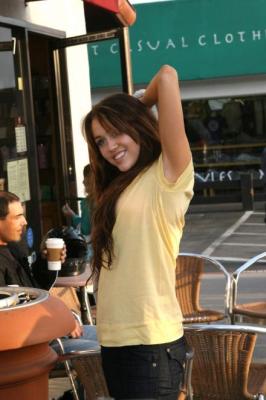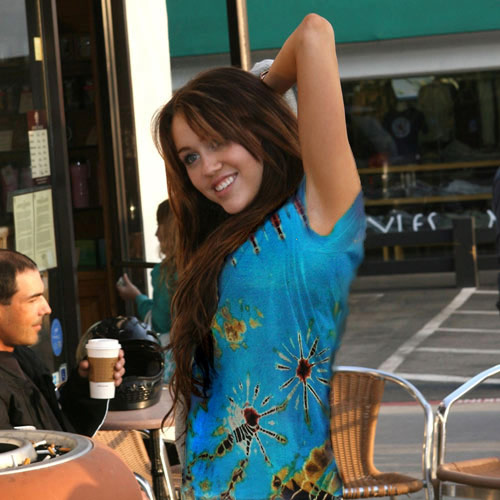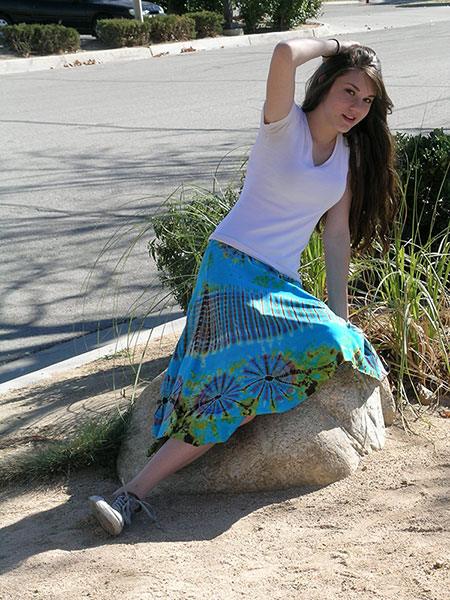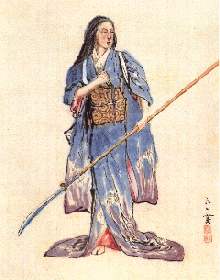Today we have a guest story from Jason B. from Austin, Texas:
Having grown up during the flower-power days, tie-dye had always had a fascination for me. This is the story on how I finally got my act together and got right into the adventure of tie-dye. Not only the adventure of finding the right shop to buy my next shirt, but experiencing the exhilaration of creating one of those great pieces of clothing myself.
It all started one lazy Sunday afternoon with nothing to do but either hanging out with some friends or watching some re-run show on TV. I had more or less decided on the former and got into my closet to put on another shirt when one of those darn tie-dye t-shirts caught my eye.
Something happened within me and I abandoned the idea that I had only two choices what to do with myself and decided right there that this will be a more interesting afternoon. I wanted to make my own tie-dye shirt!
I had once, in the past, half-heartedly attempted to get my mind around the techniques used to tie-dye and invested in some books. They must be still somewhere! Fortunately my apartment was not too big and did not have too many places where a few book can hide. It only took about 10 minutes until I had unearthed one of those books.
I more or less skipped over the first chapter, which gave a bit of history of dyeing in general, then going into the specifics of tying before dyeing. Then it got interesting, showing the different ways on how to tie a t-shirt to create the different patterns.
Not everything I needed was in the house so I had to rush out to get rubber bands, string and other assorted little things the book told me about. I opted not to try to find the dyes but order them on-line after I had my shirts all tied up.
There were decisions to be made if I should go with dyes that are applied in a cold solution or one that requires a warm bath, and I thought that I would need more time to study the pros and cons of the options some more. But what I did get was a dozen of plain white t-shirts. I went with the 100% cotton because I had learned that those would take the dyes best. I also found, on sale, one nice sweat jacket that I hope I will be able to convert into one just like the ones offered at this site, having really nice and colorful tie-dye jackets, which has been a great inspiration for me.
Two hours later I was back at my place with everything I would need to get creative. And that I did. I took one t-shirt and folded horizontal pleats to – hopefully – end up with horizontal stripes and then I thought that I better also make one with vertical pleats because vertical stripes make you appear slimmer and that would probably be good for me.
Finally, when midnight was not that far away any more, I had to put things away as the lazy Sunday, which had turned out to be a rather productive Sunday, would be over soon and work was expecting me full of energy.
I ended up with five t-shirts with different methods of tying as the book had taught me. I have mentioned above the site with these hooded jackets, and I also looked at one of the tie-dye t-shirts they have, made with the same techniques, and I even tried tying to get something like this. Only when I will do the dyeing on of the next lazy Sundays will I know if I succeeded.
I’m proud of myself today that I turned a lazy Sunday into such a productive day and that’s why I thought I write this little article to remind me again later how much better a Sunday can be if it’s not lazy.




